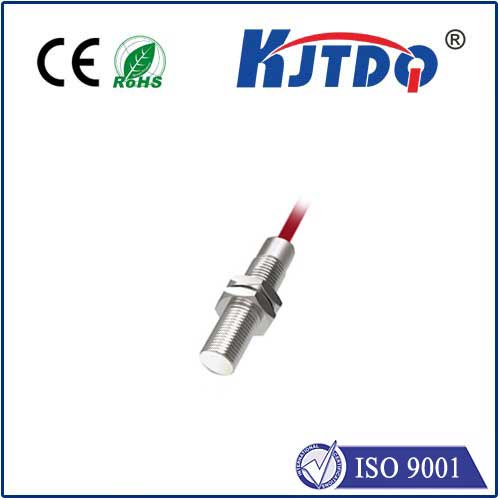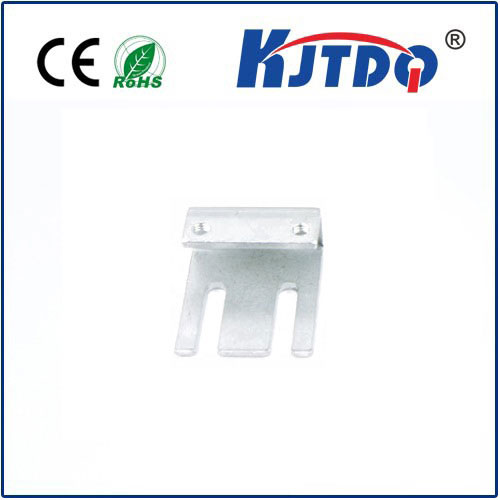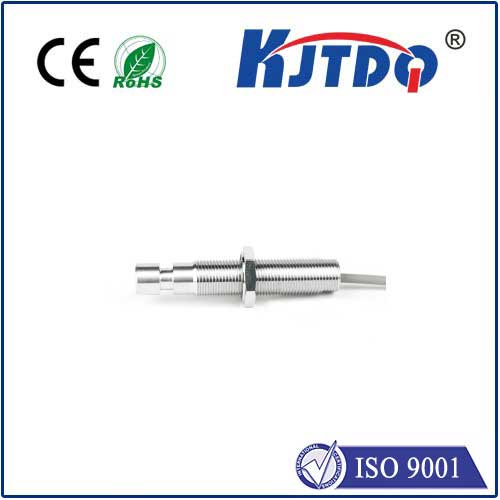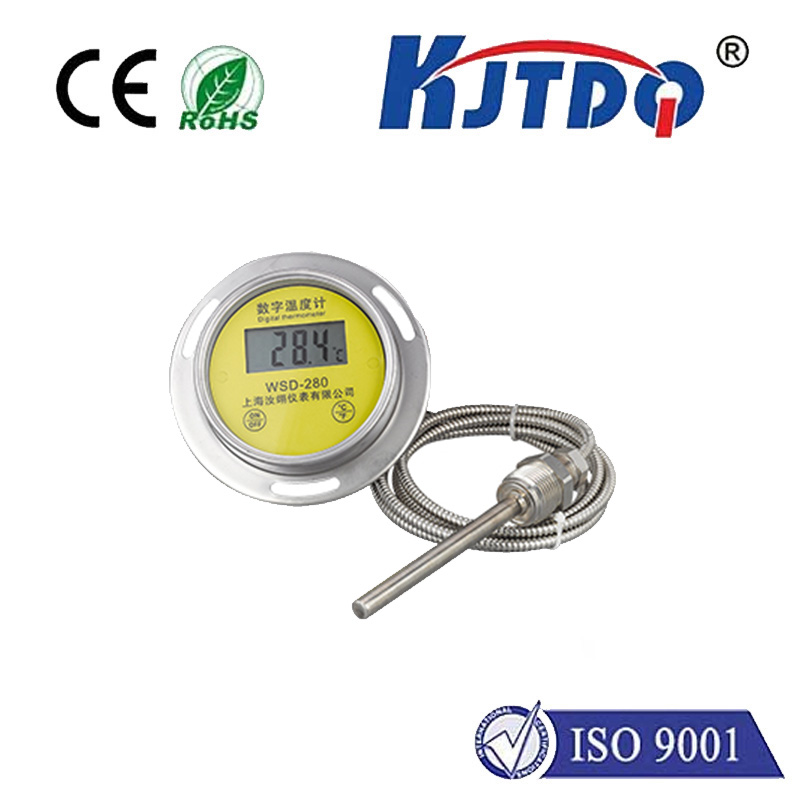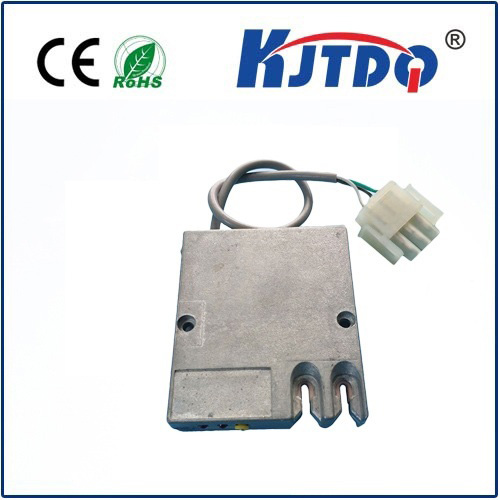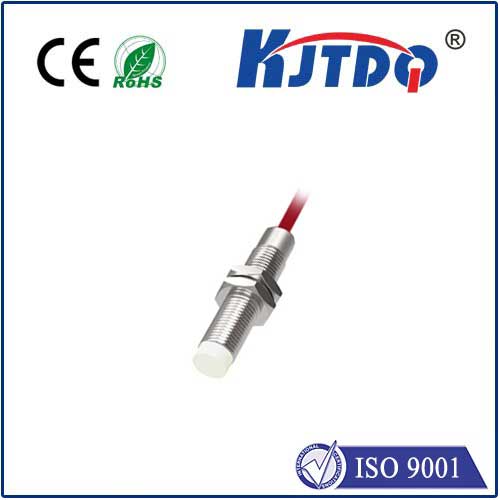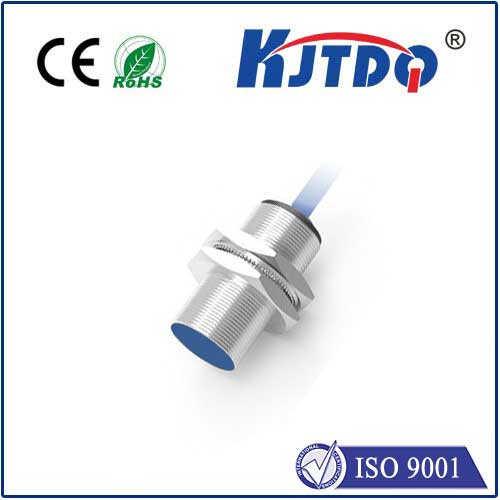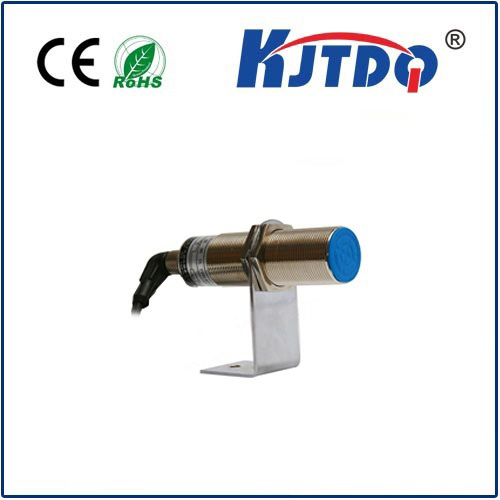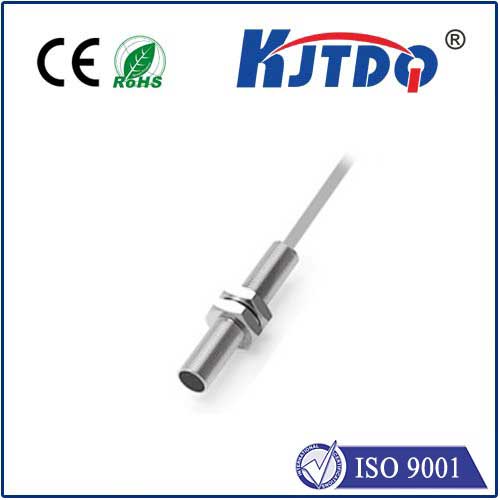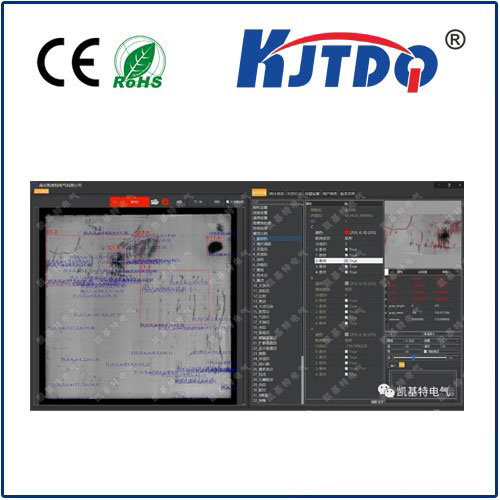
check

check

check

check
Limit Switch vs Proximity Sensor: A Comparative Analysis
In the vast world of automation and industrial control, two devices play pivotal roles in enhancing the accuracy and efficiency of operations. These are the limit switch and the proximity sensor. While both serve to detect the presence or absence of objects, they do so in different ways and for different purposes. This article seeks to provide a comparative analysis of these two essential components, shedding light on their characteristics, uses, and distinctions.
Understanding Limit Switches
Limit switches are electromechanical devices that are designed to detect the physical presence or absence of an object. They consist of an actuator, which comes into contact with an object, and an electrical switch that is activated upon this contact. When the monitored object reaches a certain position, the switch is triggered, completing or breaking an electrical circuit. This action can then be used to start or stop machinery, count items, or signal system statuses.

The reliability and simplicity of limit switches make them suitable for a range of applications where physical contact is not an issue. They are commonly found in conveyor systems, robotics, packaging machinery, elevators, and door mechanisms. However, the mechanical nature of limit switches also means that they may be subject to wear and tear over time, requiring periodic maintenance or replacement.
Exploring Proximity Sensors
Proximity sensors, on the other hand, are non-contact detection devices that use electromagnetic fields, such as magnetic, capacitive, inductive, or ultrasonic principles, to sense the presence or distance of an object without touching it. When an object enters the detection field of the sensor, it alters this field, which the sensor then interprets as an input signal.
The main advantage of proximity sensors is their ability to detect targets without any physical interaction, reducing the risk of damage to either the sensor or the detected object. They are also often more versatile than limit switches since they can measure distance and detect through various materials. Proximity sensors are extensively employed in assembly lines for precision placement, liquid level monitoring, and safety interlocks where contact could cause contamination.
Comparison and Application Considerations
While the fundamental difference between a limit switch and a proximity sensor lies in the method of detection (direct contact versus non-contact), there are several additional aspects worth considering. For instance, limit switches tend to be less expensive and simpler to install but require closer tolerances and potentially more frequent maintenance due to physical wear. In contrast, proximity sensors offer greater flexibility in terms of target material and environmental conditions but might necessitate a more complex setup and typically come at a higher cost.
When choosing between the two, one should consider the environment (corrosive, dirty, or explosive), the type of machine operation (high-speed, precise, heavy-duty), and the desired output (simple on/off signal or measurement data). The selection should ensure that the device is appropriately matched to the application’s specific requirements for optimal performance and longevity.
Conclusion
In conclusion, while a limit switch operates based on direct contact to detect positions, a proximity sensor employs non-contact methods to sense the presence or distance of an object. Both technologies have their unique benefits and drawbacks, making them suitable for different scenarios within the realms of automated processes and industrial controls. By understanding their characteristics, engineers can make informed decisions on when to use a limit switch versus a proximity sensor, thus ensuring efficient and reliable system performance
